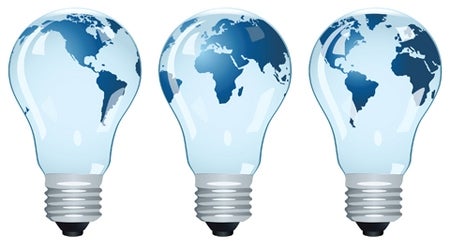The Massachusetts Department of Public Utilities (DPU) recently approved the final plans to commit the state’s investor-owned electric and natural gas utilities to a three-year agenda of efficiency programs. These programs are intended to spark innovation in the industry and provide long-term cost savings for customers.
What are the details?
As approved by the DPU, the plan requires electric and gas utilities to invest about $2.2 billion into efficiency measures over the next three years. Those plans include scaling up energy efficiency programs to reach greater numbers of customers and services such as: improved energy assessments of ratepayers’ homes and incentives for purchasing and installing high efficiency lighting, appliances, heating, air conditioning, insulation and air sealing.
Where is the funding coming from?
The programs will be supported by existing charges on ratepayer bills, regional energy market revenues, customer contributions, and proceeds from the Regional Greenhouse Gas Initiative, the country’s first carbon market, which has procured $79 million to date.
What makes this important?
For starters, the plan will put into place energy efficiency programs that will save customers more money through a reduction of energy usage. The resulting improvements are also expected to save customers as much as three times the current investment, which translates to more than $6 billion over three years.
What is the plan’s history?
The Energy Efficiency Advisory Council, which was created by the Green Communities Act established by Gov. Deval Patrick in 2008, approved the electric and natural gas utilities’ three-year efficiency plans last fall. The utilities, in turn, filed them with the DPU on Oct. 30, 2009.
What is the projected savings?
The plans call for a 2.4 percent savings of electricity sales in 2012. That would reverse the overall electricity usage trend from increasing approximately 1 percent every year to declining 1.4 percent each year.
With that electricity savings, Massachusetts would meet almost 30 percent of its electricity needs through improved energy efficiency.

